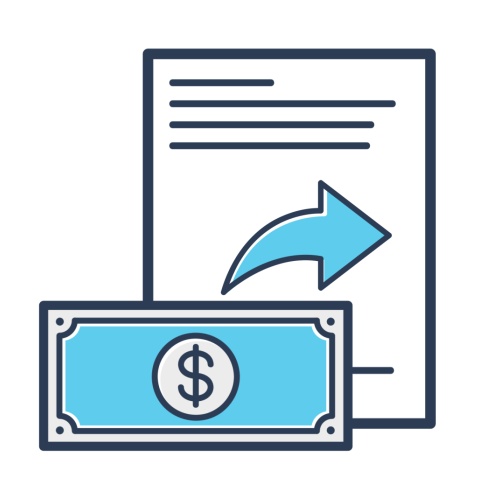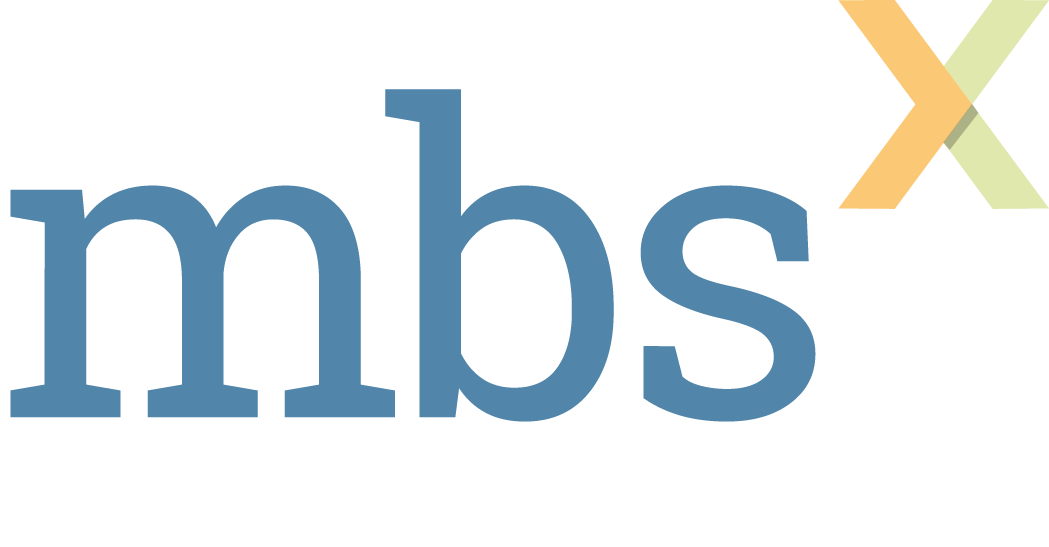Financial Accounting 101
MBSx



Welcome to Financial Accounting 101
If you have little or no prior knowledge in financial accounting, this class is for you. If you already have some accounting knowledge, I hope that this class is helpful for you to refresh your memory.
The goal of this class is to make you ready for the MBA course in financial accounting. To get ready, you need to understand some fundamental concepts and you need to be familiar with some key terminology. And that is what we will do in this course.
Let’s take a look at the course outline:
- Module 1: Introduction to Accounting
- Module 2: The Balance Sheet
- Module 3: The Income Statement
- Module 4: The Cashflow Statement
- Module 5: Financial Ratios
- Module 6: Recording Business Transactions
- Module 7: Case Study
- Module 8: Conclusion
While closely interrelated, each of the chapters contain independent content bits. You can access them separately and, most importantly, in your own pace and order. Thus, this course may provide a source of reference for your future assignments at the Mannheim Business School.
Module Overview

 In the Introduction, we will cover the purpose of accounting. Before going into details, we should understand why we do accounting.
In the Introduction, we will cover the purpose of accounting. Before going into details, we should understand why we do accounting.
- Unit 1.1 - Economics of Accounting
- Unit 1.2 - Accounting
- Unit 1.3 - Financial Accounting
- Unit 1.4 - Regulations
- Unit 1.5 - Responsibilities
- Background - Accounting Information and Investors
- Background - Accounting Scandals
- Discussion - Usefulness of Accounting
- Live Class - Usefulness of Accounting
- Module I Quiz
- Takeaways of Module I


The balance sheet shows the financial position of a company. That is, it shows the company’s assets, its liabilities and owner’s equity. In this Module you will learn the definition and recognition criteria of assets and liabilities, as well as their categorization. Finally, we will take a closer look at equity.
- Unit 2.1 - Balance Sheet: Purpose
- Discussion - Key Assets
- Live Class - Key Assets
- Unit 2.2 - Recording Assets and Liabilities
- Unit 2.3 - Recording Assets
- Unit 2.4 - Recording Liabilities
- Unit 2.5 - Categorization of Assets and Liabilities
- Unit 2.6 - Equity
- Module II Quiz
- Background - Example BASF SE
- Takeaways of Module II

 The income statement shows the financial performance of a company. It records the economic activities of the firm. In particular, it captures the revenues and expenses related to the sale of goods and the provision of services.
The income statement shows the financial performance of a company. It records the economic activities of the firm. In particular, it captures the revenues and expenses related to the sale of goods and the provision of services.
- Unit 3.1 - Income Statement: Purpose
- Discussion - Warm-Up Questions
- Live Class - Warm-Up Questions
- Unit 3.2 - Revenues
- Unit 3.3 - Expenses
- Unit 3.4 - Income Statement: Structure
- Module III Quiz
- Background - Example BASF SE II
- Takeaways of Module III

 The cash flow statement provides flow figures about business activities happening during the year associated with cash inflows or cash outflows. The cash flow statement offers two advantages: Disaggregating cash into its sources and showing gross figures.
The cash flow statement provides flow figures about business activities happening during the year associated with cash inflows or cash outflows. The cash flow statement offers two advantages: Disaggregating cash into its sources and showing gross figures.
- Unit 4.1 - Cashflow Statement: Purpose
- Unit 4.2 - Categorization of Cashflow Management
- Unit 4.3 - Cashflow Method
- Module IV Quiz
- Background - Example BASF SE III
- Takeaways of Module IV

 In this Module, we will use our knowledge about financial statements to calculate useful ratios.
In this Module, we will use our knowledge about financial statements to calculate useful ratios.
- Unit 5.1 - General Remarks
- Unit 5.2 - Liquidity Ratios
- Unit 5.3 - Return on Equity
- Unit 5.4 - Return on Assets
- Module V Quiz
- Takeaways of Module V

 Here we will take a look how business transactions are recorded. That will be helpful for you to get a deeper understanding on how economic activities influence financial statements.
Here we will take a look how business transactions are recorded. That will be helpful for you to get a deeper understanding on how economic activities influence financial statements.
- Unit 6.1 - Types of Balance Sheet Transactions
- Unit 6.2 - Recording Balance Sheet Transactions
- Unit 6.3 - Recording Revenues and Expenses
- Module VI Quiz
- Discussion - Class Exercises
- Live Class - Class Exercises
- Takeaways of Module VI

 After you have learned all the basics of Finacial Accounting, you now have the chance to apply your knowledge to a short case study
After you have learned all the basics of Finacial Accounting, you now have the chance to apply your knowledge to a short case study
- Case Study - Problem Definition
- Live Class - Case Study Solution

 In the final module of this course, we will recap our learnings and summarize the key takeaways of the class.
In the final module of this course, we will recap our learnings and summarize the key takeaways of the class.
- Conclusion of the Course
- Feedback Survey
- Q&A
If you have any questions concerning this course and its content, please post them in the Q&A. We will get back to you as soon as possible.
Content Types

Each unit of this course is one of three content types. The Theory Units condense the very essentials of the specific subject in short animated clips. Building on this fundamental knowledge, the In-Depth Background videos provide more specific or applied knowledge of the particular topic. To further deepen your knowledge, you may watch the Live Class recordings, which were filmed in an actual class, taking place at Mannheim Business School.
Meet your Lecturer

Hello there, my name is Christopher Koch and I will be your lecturer. I am a professor of corporate governance and auditing at the University of Mainz since 2013. Before, I did my Ph. D. and my habilitation at the University of Mannheim at the chair of Professor Wüstemann. I did research stays at the Yale University, the Queen’s School of Business and the University of Toronto. I am adjunct faculty at the Mannheim Business School since 2013.
